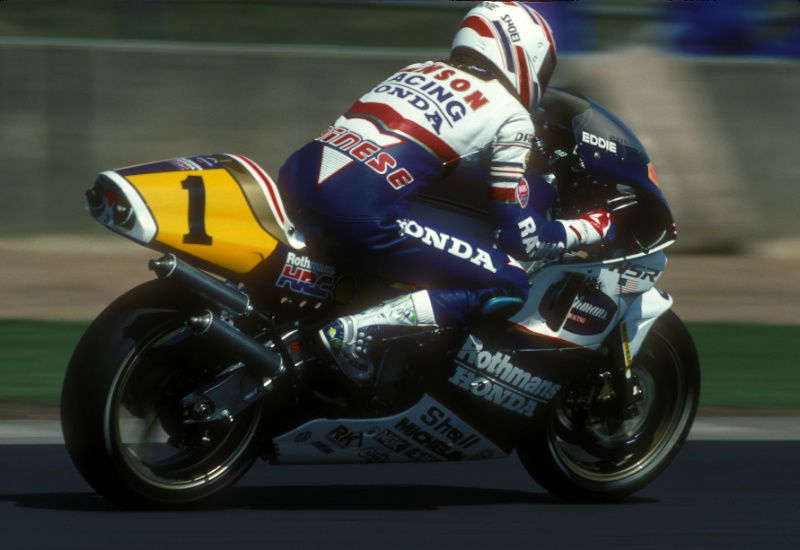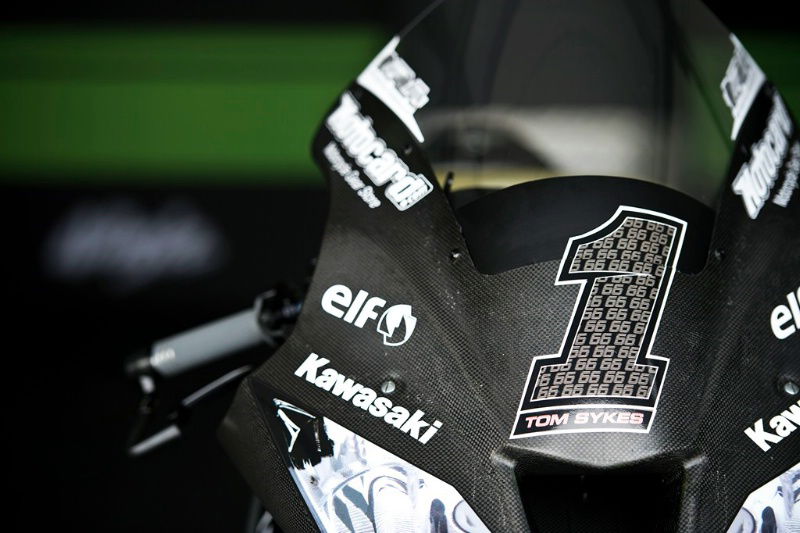'Agreed principles' revealed for 2016 MotoGP ECU

This year's newly-released MotoGP regulations reveal how the mid-season software freeze will be enforced, plus 'agreed principles' for the 2016 control ECU.
2015 will be the last year to feature different sets of technical regulations within the premier-class.
Riders in the current 'Open category' must already use a control ECU (hardware and software) but get fuel, tyre, engine and testing concessions as a result.
Meanwhile 'Factory Option' is for riders using a manufacturer's own software and divided into two groups. Manufacturers that won a dry race in 2013 (Honda and Yamaha) receive no technical concessions. Those that did not win (Ducati) or are entering MotoGP for the first time since that year (Suzuki and Aprilia) get the same perks as Open.
The switch to one ECU system for all riders in 2016 will see the removal of these categories. Fuel, for example, will be set at 22 litres. Midway between the present Open and Factory Option limits.
Factory manufacturers are invited to work with Dorna and the official ECU supplier (Magneti-Marelli) to develop the shared 2016 software. This is to ensure the new software meets the requirements of their machines, but the process will remain ongoing, allowing factories to continue some software R&D.
Given the obvious disadvantages of not taking part in the 2016 development, it is assumed all manufacturers will do so.
To avoid factories working on different software systems at the same time, a crossover date of June 30 has been given by which Honda, Yamaha and Ducati must stop work on their own software and concentrate on the 2016 version. Suzuki and Aprilia, as new manufacturers, are allowed to continue development to the end of 2015 if they wish.
The updated MotoGP regulations explain how the software freeze will be enforced...
 |
| Magneti Marelli dashboard, 2014 Dutch TT |
The only Factory Option software changes allowed between June 30 and the end of the 2015 season are for safety reasons.
In order to apply this rule Honda, Yamaha and Ducati must provide a sample of all versions of their frozen software [eg a Factory version and Satellite team version] to the Technical Director at the first race after 1 July 2015. That is the German MotoGP, round 9 of 18.
"Each team must compete in the [German] race using only that team's single and final frozen version of their manufacturer's software," the 2015 rules state. "The ECU will be removed from one Factory Option machine of each team at the conclusion of the [German] race... This ECU will be sealed and kept as the sample frozen software for that team."
"In case of a protest or at the request of the Technical Director, any ECU from a Factory Option entry may be removed and the software version compared with that of the sample ECU... Any differences in software that are not due solely to bug-fixing previously declared to the Technical Director, will be considered an infringement of the software freeze."
Before making any safety changes, specifically "to fix bugs or errors", a manufacturer must "apply to the Technical Director and deliver to him detailed documentation including the reason for the changes, the memory locations involved, logic of the changes, and effect of the changes."
 |
| Andrea Dovizioso's Ducati , 2014 Sepang MotoGP test |
This year's regulations also include a list of "principles" agreed by the Grand Prix Commission and MSMA for the 2016 MotoGP electronics. The full list can be seen below.
It reveals that, for example, non-homologated sensors can be used in free practice, but not qualifying or a race. It also states that each manufacturer can nominate one sensor that is not available to all MotoGP teams.
Apart from sensors, some other non-homologated 'Free Devices' are allowed to communicate with the 2016 ECU.
These 'Free Devices' will be subject to "disclosure and checking" by other manufacturers. Once a manufacturer ("checker") requests to examine a 'Free Device' from a rival, it will be removed by the Technical Director and given to the "checker" for seven days...
2016 MotoGP electronics - agreed principles:
* A single official MotoGP ECU software for engine and chassis control will be mandatory on all machines.
* The official MotoGP ECU hardware will be mandatory on all machines.
* All sensors and acquisition devices connected to the ECU must be homologated (ie. supplier, price and availability is the same for all MotoGP teams), with the following exceptions:
I. Non-homologated sensors are permitted for testing and for free practice sessions at events. Only homologated sensors may be used for Qualifying and Race.
II. Each manufacturer may nominate one Additional Sensor which may or may not be available to all MotoGP teams. This nominated sensor is permitted during all sessions including Qualifying and Race. The sensor must be connected to the
ECU such that it's signal is available only for the internal datalogger, and not for engine or chassis management software strategies. The connection to the ECU must be verifiable (ie. separate and identifiable from other connections) as approved by the Technical Director.
* Apart from homologated sensors, there will be a list of Free Devices which are the only other devices allowed to communicate via CAN BUS with the ECU. Free Devices will include:
> All actuators, such as fuel injectors, ignition coils, electric motors, actuation coils, fuel pumps.
> Alternator and related Regulator/Powerbox (CAN protocol homologated by the Organiser).
> Dashboard and message display devices (CAN protocol is unidirectional from ECU to device, homologated by the Organiser).
> Inertial Platforms (up to 2 IPs are permitted, CAN protocol homologated by the Organiser).
> Wiring Harness.
> Any device specifically allowed by the Organiser.
* If a proprietary device is allowed by the organiser (eg. calibration tool, external datalogger), all CAN protocols will be homologated by the Organiser. Any costs incurred by the manufacturer or official ECU supplier in enabling such communication and implementation, and any performance risks associated with such devices, will be borne by the manufacturer.
* Free Devices are free from homologation, but are subject to disclosure and checking by another manufacturer as follows:
- A manufacturer ("checker") may request to check a free device from a specific machine of another manufacturer ("owner"). The device will be removed by the Technical Director after the event and given to the checker.
- The checker has 7 days to check the device, and a representative from the owner is entitled to be present during such checking if requested by the owner.
- The details of the checking process and the results of the checking will be reported to the MSMA MotoGP members, and if necessary to the Technical Director.
- If necessary, a checker may be required to refund the owner for any component damage or loss.
- No manufacturer will be required to undergo more than 5 device checks per season, whether the same component or different components are involved (the wiring harness is considered to be a single component).


